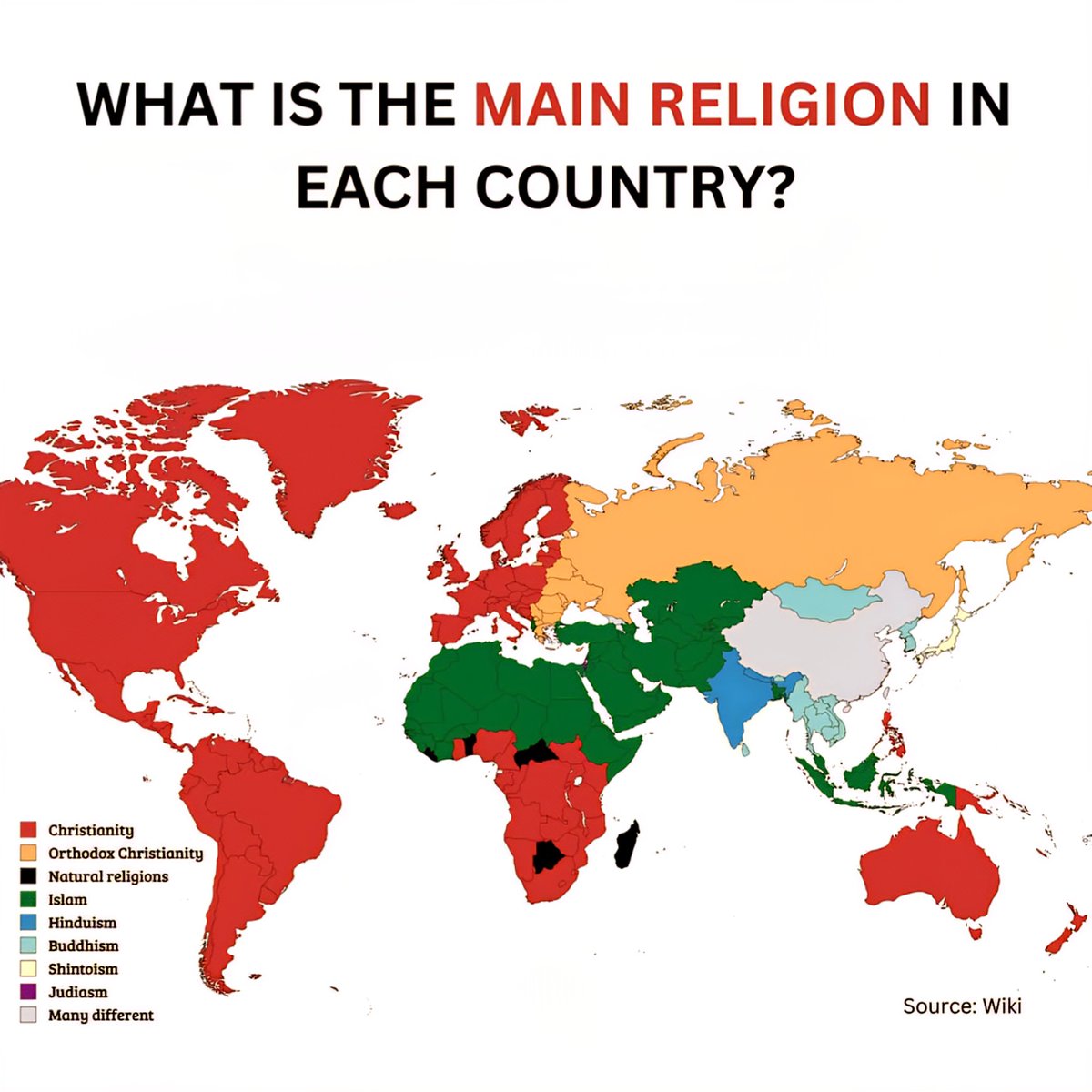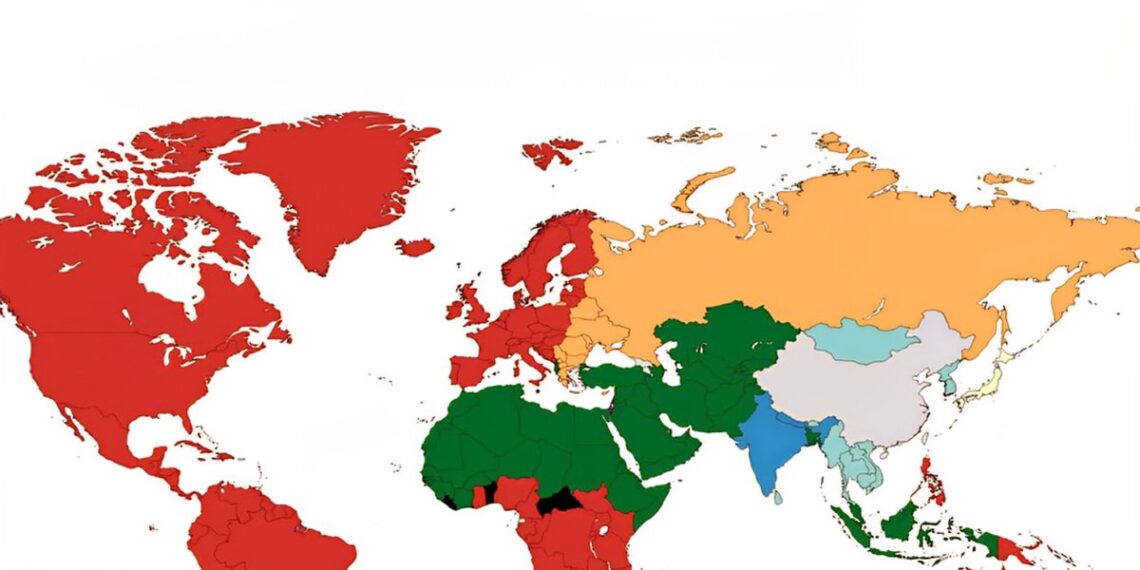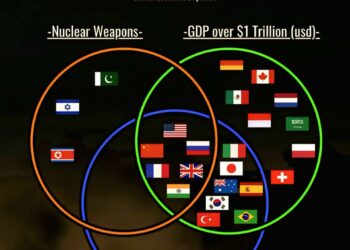Select Language:
Exploring the Global Landscape of Major Religions in 2025

1. The Dominance of Christianity in the United States
The United States continues to be a stronghold of Christianity, with approximately 70% of the population identifying with Christian denominations. Evangelical Protestantism makes up the largest subgroup, followed by mainline Protestants and Roman Catholics. Despite recent shifts toward secularism in urban areas, traditional Christian practices and institutions remain influential across the country. Churches are not just places of worship but significant community centers that foster social connections and cultural identity.
2. Islam’s Expanding Footprint in Southeast Asia
Southeast Asia remains a prominent region for Islam, with countries like Indonesia and Malaysia having large Muslim populations. Indonesia is home to the largest Muslim population in the world, accounting for nearly 13% of the global Muslim community. In Malaysia, Islam is the official religion, with a significant portion of the population adhering to the faith. The role of Islam in daily life, politics, and culture continues to shape regional developments, reflecting a vibrant and dynamic religious landscape.
3. Hinduism and Buddhism in India and Nepal
India remains the birthplace of Hinduism, which is practiced by around 80% of the nation’s population. The religion’s practices, festivals, and rituals are deeply embedded in Indian culture. Nepal, meanwhile, is predominantly Hindu, with Buddhism also having a significant presence. The coexistence and syncretism between these two religions influence regional spirituality and politics, contributing to the rich tapestry of South Asian religious life.
4. Secularism and Non-religious Movements Rise Globally
In many parts of Europe, North America, and East Asia, secularism is on the rise. Countries like France, Canada, and Japan have seen a significant increase in the number of people identifying as non-religious or agnostic. This trend is driven by modernization, increased education, and changing social attitudes toward religion’s role in public life. While these nations have historical religious traditions, contemporary society has shifted towards more individualistic spiritual expressions or outright secularism.
5. The Significance of Traditional Chinese Religions
Traditional Chinese beliefs, including Taoism, Confucianism, and folk religions, remain influential, particularly in China and among Chinese diaspora communities worldwide. These religions emphasize harmony with nature, filial piety, and ancestral reverence. Despite government policies promoting atheism, these spiritual practices continue to flourish in everyday life, ancestral festivals, and cultural practices.
6. The Revival and Transformation of Indigenous Religions
Indigenous religions are making a resurgence in their native regions, often blending with mainstream faiths or adapting to modern contexts. For example, native spiritual practices in Africa, South America, and Oceania are gaining renewed attention, especially among younger generations. These traditions preserve cultural identities and serve as a response to globalization’s effects, emphasizing the importance of local heritage and environmental stewardship.
7. Religious Harmony and Interfaith Movements
Interfaith initiatives and dialogues are increasingly prominent in multicultural countries. Cities like New York, London, and Dubai serve as hubs for religious coexistence, fostering mutual understanding and cooperation among diverse faith communities. These efforts aim to reduce religious conflicts, promote peace, and highlight shared values like compassion and social justice.
In 2025, the complex mosaic of world religions reflects a mix of steadfast traditions, growing secular movements, and emerging spiritual expressions. The way societies navigate and honor this diversity continues to shape global culture and politics profoundly.
Note: This overview only scratches the surface of the rich and varied religious landscape across the globe. The ongoing evolution in beliefs, practices, and social influences underscores the dynamic nature of religion in shaping human civilization.







